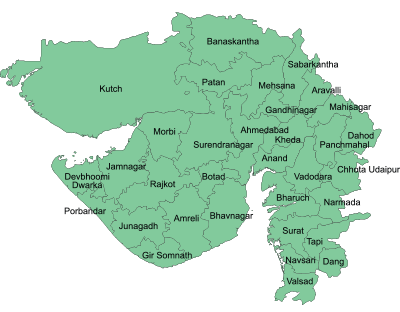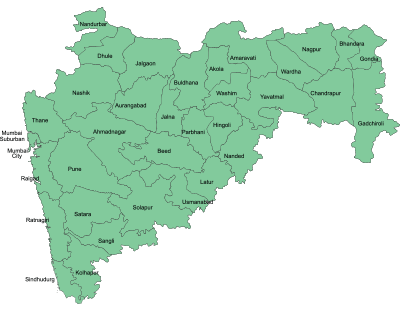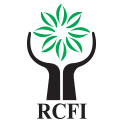Gujarat is home to 60 million people, of whom one-sixth are poor. Since 2005, the state has made significant progress in reducing poverty. Despite being one of India’s fastest-growing states, poverty reduction in Gujarat was slower than in other advanced states in the country. As a result, some parts of Gujarat continue to face high levels of poverty. According to the National Family Health Survey 2015-16, Gujarat is only ahead of Uttar Pradesh, Madhya Pradesh, Bihar and Jharkhand, when it comes to the percentage of underweight children. More than 39 percent of children in Gujarat are underweight as opposed to the national average of 36 percent.
RCFI started its operation in Gujrat by the end of 2012 in Rajkot and Upletta. 22 major projects have been completed so far. RCFI focused on drinking water schemes, as the Sourashtra region of Gujrat affected drinking water scarcity and salinity.
Gujarat

Programme Highlights
- RCFI adopted 125 poor orphans and providing his all costs including health, education, and living. The organization is also helping the at-risk orphans in developing their career plan and live skills.
- Feed the poor campaign was one of the other activities where 1000s of people received food kits in different occasions.
- The organization has constructed 22 major drinking water projects in the state, covering 550 people.
- All of the schemes were installed with the support of the community contribution. RCFI also provided lifting devices to 20 schemes, so that the farmer can use the same for the agricultural purpose also.
- Gujrat has immense potential of work to be done in the area of drinking water. Salinity is one of the major issue in the costal and nearby areas.
Maharashtra
Maharashtra is India’s second-most populous state and home to 20 million poor. Poverty declined more rapidly in the state after 2005. As a result, today, poverty levels in Maharashtra are lower than the national average. Yet, districts in the state’s northern and eastern regions continue to display a high incidence of poverty.The benefits of this growth process have, however, not spread equally across social groups or regions, which partly explains the prevalence of high poverty compared to other states at similar mean income.
During 2016, RCFI started its operation in Maharastra. The organization has completed 63 major projects in the state. The major focus was on socio-cultural development. Other areas are education, child care, and drinking water.

Programme Highlights
- RCFI has completed 90 cultural centers in deferent parts of the state. 31500+ families can use the facility now. They all handed it over to the community.
- RCFI has two schools in Maharastra in Penhala and Yeredo villages of Ratnagiri district. 120 students can use the facility for educational purposes.
- The organization also invested in the orphan care programme in the state. They have constructed an orphan home in Yavat. 30 students are able to use the facility at a time.
- RCFI adopted 22 poor orphans and providing his all costs including health, education, and living.
- The organization helped 1000s of people in getting food during festive seasons and calamity times under Feed The Poor programme.
- There are six drinking water come irrigation scheme established in the state. They have selected marginalized poor people for irrigation purposes. This could support them additional cropping in their land. 30 farmers and 43 families are getting benefits from the same.
Rajasthan
Rajasthan is one of the BIMARU states and Rajasthan is the 7th most populous state in India, home to 69 million people of whom 10 million are poor.Since 2005, the state has made tremendous progress in poverty reduction supported by faster growth that had a stronger than usual impact on poverty reduction. Nevertheless, small pockets of high concentration of poverty are spread out over the entire state. For instance, even though the poverty rate in Jaipur is relatively low at only 10%, micro-level analysis of Jaipur district shows that more than 50% of the population is poor. Similarly, even districts with the least poverty rate like Hanumangarh and Ganganagar also show high poverty concentration within a small area.
RCFI started working in the development indicators in Rajasthan since 2016. The organization has completed 116 major projects in the state.

Programme Highlights
- Rajasthan programmes major focus was drinking water, education, and cultural rehabilitation.
- 24 cultural centers have completed in the state so far and communities are using for several socio-cultural activities. 8400 families can use the facility as per their needs.
- Two schools are running with the support of the RCFI in Champol and Balwada. The organization has given support for infrastructural development.
- There are 74 irrigation schemes established in the state. They all are in the group. 592 families are using clean drinking water facilities now.
- There are two village drinking water schemes in Alwar. People from these are were using contaminated water from local sources. RCFI replaced two of them with very scientific and household oriented pipeline based drinking water schemes. Now both the hamlet people are getting clean drinking water.
- 7 irrigation cum drinking water schemes were constructed in the plot of farmers.
- Personal hygiene also one major area of operation in the state. 16 personal hygiene corners established with the support of the local communities. These facilities can be used by all the villagers as per their requirements.
- 34 cultural rehabilitation centers have been constructed in deferent parts of the state. They all can be used for education, training, and socio-cultural activities. 11900 families can use the facility at a time.

